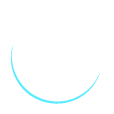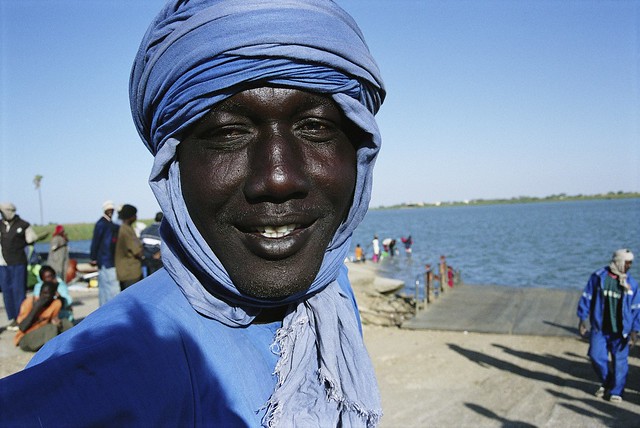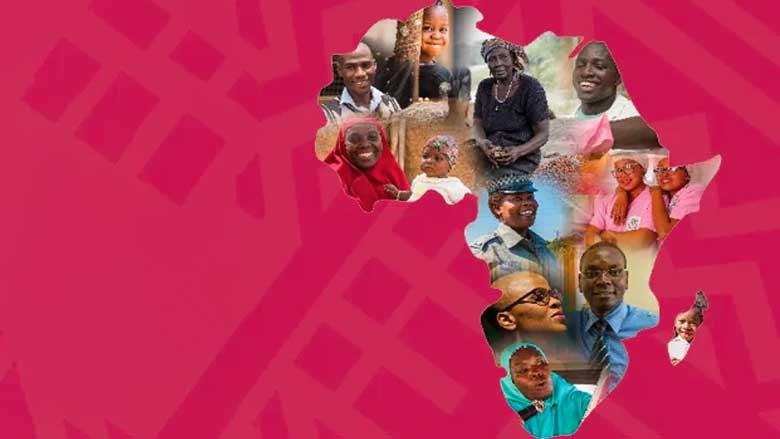São Tomé and Príncipe (STP) has been a multiparty, semi-presidential, democratic system since its independence, and it has been a model for the democratic transition of power in Central Africa. The Independent Democratic Action (ADI) party, which holds 30 out of 55 parliamentary seats, has been mandated to govern from 2022 to 2026.
Economy
Although GDP per capita is about $3,400, socio-economic vulnerabilities persist. In 2024, 13% of the population lived below the international poverty line ($3/day in 2021 PPP), with high income inequality (Gini index of 40.7) and limited job opportunities fueling emigration.
Economic growth has relied on externally financed public spending, but this model is increasingly unsustainable due to the decline in ODA. A shift toward private sector-led growth is needed, supported by investments in human capital, infrastructure, and business climate reforms.
In 2024, the economy grew by 1.1%, supported by improved electricity supply and tourism. Real GDP per capita fell by 0.9% and only 21% of those aged 15+ are employed. Growth is expected to reach 2.5% in 2025 and average 3.7% in 2026–2027, driven by energy reforms, tourism, and agriculture.
Inflation averaged 10.7% in Jan.-July 2025. The central bank maintained a tight monetary policy, controlling excess liquidity through the issuance of Certificates of Deposit. Inflation is projected to ease to around 10% in 2025 and 6% by 2027, supported by supply-side reforms and monetary discipline.
The external sector improved, with the current account deficit narrowing from 12.5% of GDP in 2023 to 4% in 2024, due to reduced goods imports and stronger tourism exports. The trade deficit widened in the first half of 2025, and the current account is expected to increase to 4.3% of GDP by 2027. Reserves rose to $71 million by mid-2025, from $39 million a year earlier.
Fiscal performance improved, with a surplus of 0.3% of GDP in 2024 and debt fell to 43.6% of GDP. Energy reforms are expected to enhance fiscal sustainability and growth, but social protection will be needed to protect low-income households. The international poverty rate is projected to decline to 12.8% by 2027.
Last Updated: Sep 29, 2025








